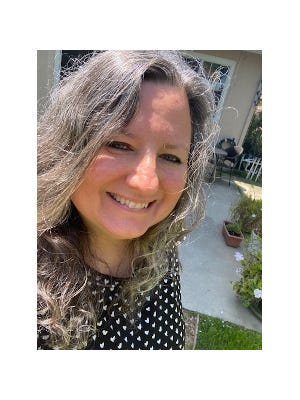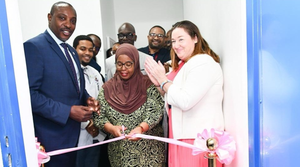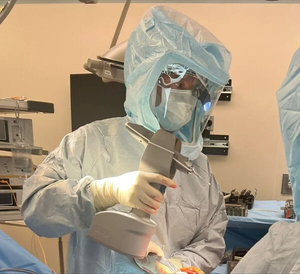Originally Published MDDI February 2006NewsTrends A new grade of Tyvek made its U.S. debut at the Medical Design & Manufacturing West show in January. Tyvek is the most commonly used porous material in medical packaging.Tyvek Asuron from DuPont Medical Packaging (Wilmington, DE) is touted as a successor to the widely used Tyvek 1073B. It can be used for bags, pouches, lidding, and rollstock in coated and uncoated applications.
February 1, 2006
NewsTrends
A new grade of Tyvek made its U.S. debut at the Medical Design & Manufacturing West show in January. Tyvek is the most commonly used porous material in medical packaging.
Tyvek Asuron from DuPont Medical Packaging (Wilmington, DE) is touted as a successor to the widely used Tyvek 1073B. It can be used for bags, pouches, lidding, and rollstock in coated and uncoated applications.
John Richard, DuPont Medical Packaging's North American business manager, says that the new material is similar to but improves upon Tyvek 1073B. Many of the changes came from customer suggestions, he says.
These include a more uniform appearance, better seal performance, clearer print, and global production.
The material can now accommodate wider variability in sealing equipment, such as the temperature variations across a heat-sealing platen. “The reduced propensity for transparentized seals could lead to fewer rejects for seal appearance,” says Richard.
Flexographic and thermal-transfer print quality is much better, he adds. “The improved properties of Tyvek Asuron now enable consistent verifiable B-grade bar codes using thermal-transfer methods.”
And Asuron is the only grade of Tyvek to be manufactured at two plants, in Richmond, VA, and in Luxembourg. This could help “companies worrying about contingency planning, especially large global medical device manufacturers,” he says.
About the Author(s)
You May Also Like




